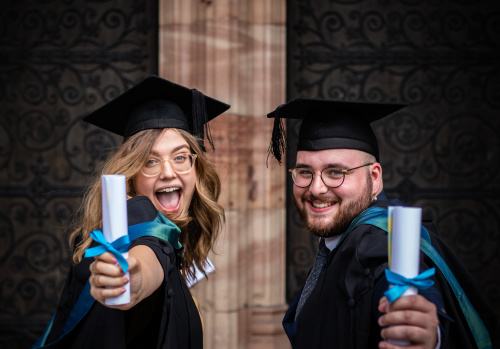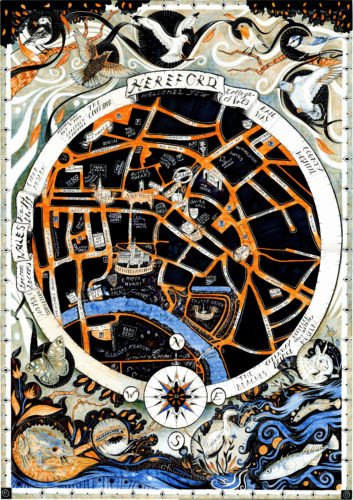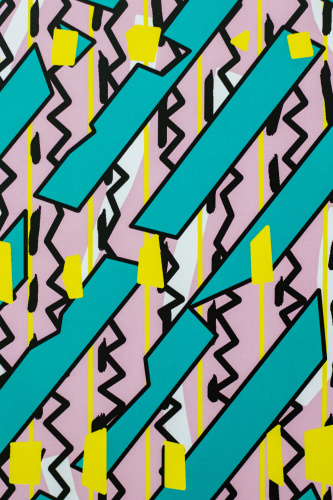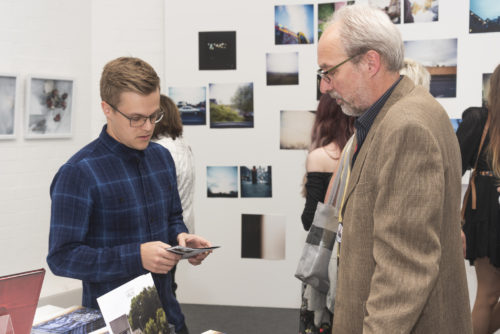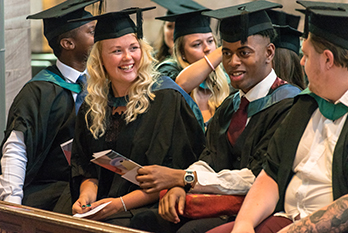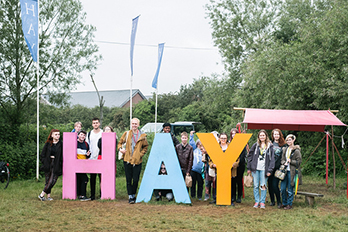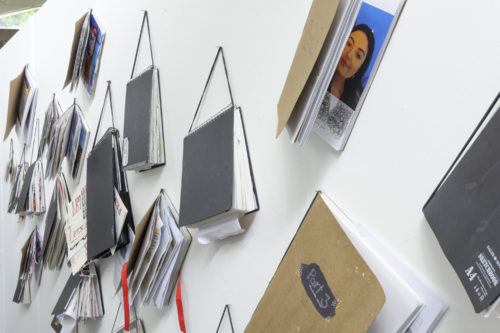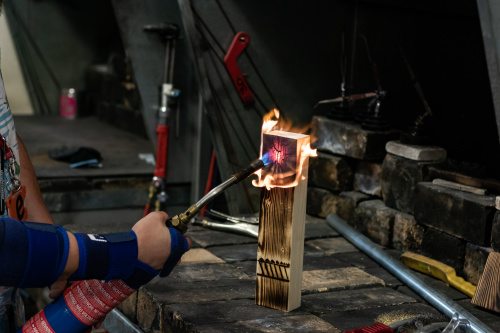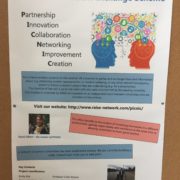HE Symposium Part 1: Jonathan Worth
Published on 21.09.17
This Wednesday (20th September) we held our 10th annual symposium at HE HCA. The symposium was started by a staff body of creative professional wanting professional development opportunities that weren’t ‘training’. Over the years it has grown, changed, moved spaces to a new campus and this year it shifted form again, moving from the traditional
Categories
This Wednesday (20th September) we held our 10th annual symposium at HE HCA.
The symposium was started by a staff body of creative professional wanting professional development opportunities that weren’t ‘training’. Over the years it has grown, changed, moved spaces to a new campus and this year it shifted form again, moving from the traditional ‘stand and deliver’ format to something less formal, that hoped to be more conversational; part of a larger discussion which was started by Professor Geoffrey Crossick’s visit on the 14th.
There was also a cello, but more about this in Part 2, which is all about Laura, and our next blog post.
We invited Jonathan Worth, Professor Laura Ritchie, and Nick Thomas to share their practice with us. We didn’t set an ‘agenda’ beyond a basic theme as everyone has their own perspectives on the value of a creative education and this is something we wished to explore through honest narrative, shared practice and discourse.
I can’t thank Jonathan and Laura enough. They were both amazing. Jonathan works in ambiguous, complex spaces that he manages to share through narrative; again, less formally, skipping around slides in response to the audience rather than a relentless taking through a-b.
And, his story is extraordinary, full of opposition – from the crazy reality of being a highly successful and ‘valued’ portrait photographer – but working in a broken business model which meant his family relied on his wife waitressing to pay the bills. The commercial value system denying professional skills valued by the consumers of the images, a situation both exploited and rescued by the particular affordances of the web. Jonathan partnered with Cory Doctorow and shared with us their project, which creates insights as to how the audience will see the value in the moment, in the unique object, in the tangible.
Jonathan lectured in photographic narrative at Coventry University and, in 2009, opened up his class through using social media as a way to discuss and share images and ideas. The class became #Phonar, with over 35,000 people from across the world participating. Again, Jonathan worked in an ambiguous space; between ideas of educational and economic value, between the institution and students, between participator and creator of knowledge.
Within that, his teaching methodology and use of social media supported students to map their own constructions of ‘public’ self. The classes worked against the landscape of ‘open’ and ‘privacy’; working in a forward-facing way to make connections, develop relationships and supporting students to own their unique voice in a fluid world.
This led to projects such as #PhonarNation, and to #cclasses (where I met Jonathan and Laura, and you can read our story if you click on the link) and to Jonathan’s career as a researcher, and a current project which is also an opportunity to beta-test the teaching and learning strategy used by #cclasses but in a bespoke digital space. You can read more about Jonathan’s current projects on his website.
Jonathan left me thinking that it is maybe how we tell our story – or that we are prepared to tell it at all, as honest narrative, which creates value. My colleagues spoke after the symposium of Jonathan’s generosity and honesty, in sharing with us. He could have transformed the narrative into a starry recollection of amazing events which would have set him apart from the staff of a small specialist arts college. But he didn’t. He told his story in a way that let us ‘in’, let us question, and let us reflect. And he didn’t make us feel uncomfortable at all!
And there are, of course, different constructions of ‘value’; both in the representation of the work, the individual and the wider context, be that of neo-liberalism or the institution. There are personal values, which cause us to act. Jonathan’s personal values caused him to make certain decisions which had extraordinary influence on his future pathways.
I feel – still do – that one of the values of a creative education is that it enables us to cope with ambiguity and craft our own pathways forwards. A creative education is not simply about the ‘making’, but the ‘thinking’ and ‘reflection’. But we must enable our students to tell their stories, not just in a range of modes but in voices that can be understood in different situations and by different disciplines; we must teach our students how to dynamically deal with language so their unique and individual voices can be heard.
In terms of scholarship this is also important.. The value of scholarship is equally contested, context-dependent needs articulation, clarification and the establishment of a common ground. It is easy to classify ‘scholarship’ in Boyer’s construction; we can look at Jonathan’s work as crossing the dimensions of ‘Integration’, ‘Teaching and Learning’, ‘Discovery’ and ‘Application’. Jonathan is a National Teaching Fellow and a researcher at a Russell Group University. He works with commerce and community.
I wonder how far scholarship is about our individual values and choices; those moments when we make a conscious decision to act in a certain way, for a certain reason. How far is scholarship about questioning process and going beyond critical reflection towards consciously choosing critical actions that reflect the individual values we hold? Maybe it’s not about ambiguity at all, but by not being ambiguous when we feel that it matters? Maybe it’s about choosing the simpler word over the fancier one, recognising different perspectives, being unafraid to feel foolish and taking risks.
Huge thanks to Jonathan for his generosity in sharing his work with us, giving us an exciting opportunity to participate in his new project, and for visiting Hereford.

